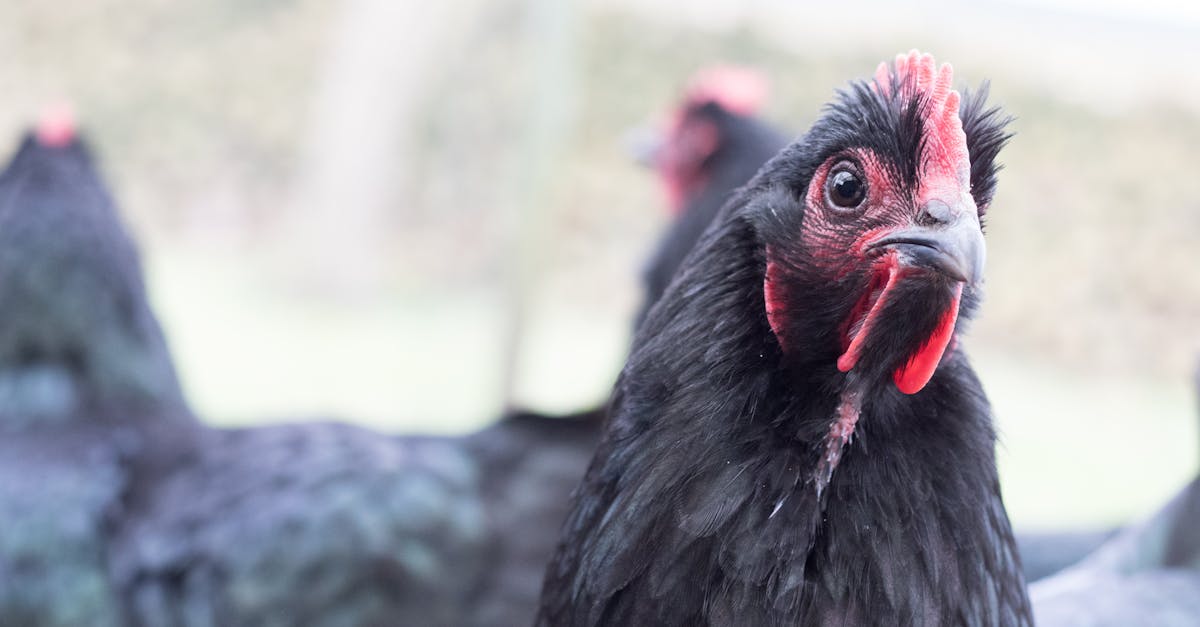The recent recall of a California pet food maker’s raw chicken products has raised alarms across the country after they were linked to infections of the bird flu virus in two cats in New York City, with a suspected third case. This alarming news has significant implications for pet safety, as the health of our beloved animals, and certainly their well-being, should always be a top priority for pet owners. As this situation unfolds, it’s critical to understand the consequences this recall may have—not just for pets but for the entire food supply chain, and ultimately for human health.
In this article, we will explore the specifics of the recall, the potential health risks associated with infected products, the broader implications for pet food safety standards, and what pet owners can do to protect their animals moving forward.
The Details of the Recall
The California-based company announced the recall following reports of bird flu. The raw chicken products were found to have been contaminated, leading to the infections in the felines. According to the Centers for Disease Control and Prevention (CDC), the H7N2 strain of avian influenza has been confirmed, raising concerns about the potential for more widespread outbreaks. The recall notice can be found on the FDA’s website, which provides updates on all food safety recalls.
Health Risks for Pets
Bird flu poses a serious health risk for domestic pets, particularly cats and dogs that consume contaminated poultry. According to veterinarian reports, signs of bird flu infection in pets may include respiratory distress and gastrointestinal issues. One study published in the International Journal of Food Microbiology noted that pets infected with bird flu could potentially transmit the virus to humans, although instances are rare.
Precautionary Measures for Pet Owners
Pet owners must remain vigilant in monitoring the food they feed their animals. Check product labels and recall notices to ensure their safety. If any pet food is known to be problematic, it’s essential to cease feeding it immediately. The CDC suggests that anyone handling potentially contaminated products should wash their hands thoroughly after contact and avoid direct contact with sick animals.
The Role of Regulatory Agencies
The recent recall highlights the role of regulatory agencies like the FDA and CDC in maintaining food safety standards. The systems in place for detecting contamination and issuing recalls, although effective, can always be improved. Reliable protocols need to be put in place to ensure quicker response times to prevent further health risks, as evidenced in this case.
Future of Pet Food Safety Standards
This event may instigate tighter regulations and stricter standards among pet food manufacturers. Industry experts predict an increase in oversight, especially regarding raw food products. Referring to a report by the USDA, enhanced scrutiny of meat suppliers may become necessary as the pet food market continues to grow.
Consumer Awareness and Responsiveness
Awareness and responsiveness from consumers can impact how manufacturers operate. As pet owners become more informed, there’s an increasing demand for transparency regarding ingredient sourcing and production practices. Organizations and advocacy groups are focusing on educating consumers about the risks associated with contaminated pet foods and encouraging them to speak up when recalling notices arise.
The Importance of Safe Pet Foods
Ultimately, the goal is to ensure that our pets receive safe and nutritious food. A concerted effort among consumers, manufacturers, and regulatory bodies is essential to navigate these issues. The health implications from situations like this remind us that food safety doesn’t just extend to what’s on our plates but also to what’s in our pets’ bowls.
For more information on pet food safety, you can visit the PetMD website, which provides valuable resources on feeding our furry friends safely.
Conclusion
In summary, the recent recall of chicken products linked to bird flu infections in cats underscores the vulnerabilities within the pet food industry. It highlights the critical need for rigorous safety measures and consumer awareness to protect our pets. As we navigate through this situation, it’s vital for pet owners to stay informed about the risks and the products they choose to feed their pets. Collaboration between regulatory agencies, manufacturers, and consumers will be pivotal in ensuring food safety in the future. Let’s safeguard our beloved pets from harm and strive for a safer food chain.
